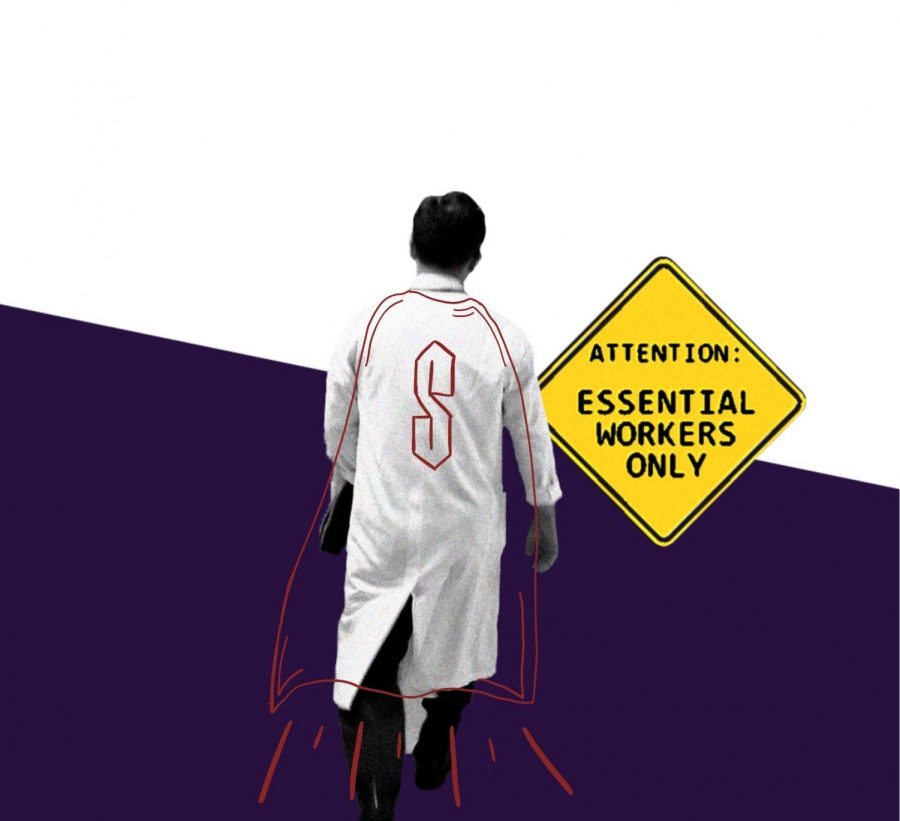On Dec. 31, 1972, a plane carrying aid packages for the earthquake-affected people of Nicaragua crashed into the Atlantic Ocean, almost as soon as it took off- a result of overloading.
Killed in the crash was Major League Baseball (MLB) player Roberto Clemente, a right fielder for the Pittsburgh Pirates, who was accompanying the relief packages, to ensure the packages were actually received by those who needed it. Clemente was a 15-time All-Star, a 12-time Gold Glove Award winner, a two-time World Series champion, a one-time National League MVP and the 11th player in MLB history to record 3,000 career hits. He was inducted to the National Baseball Hall of Fame in 1973.
Clemente’s death led to the first memorial patch for a deceased player. During the 1973 season, the Pirates wore a “21” uniform patch to honor Clemente, who wore the number 21 when he played for Pittsburgh. Though it was unprecedented at the time, honoring Clemente with a memorial patch made sense. He was one of the best MLB players of his time; he was involved in a lot of charity work in Puerto Rico, Latin America and the Caribbean; and he died while he was still playing. In the 40-plus years since Clemente’s death, the memorial patch has become far more common; the honor has since been extended to managers, owners, team doctors and announcers, among others.
In January, the St. Louis Cardinals announced that the team would wear “OT 18” memorial patches this season to honor Óscar Taveras, the 22-year-old outfielder who died in an Oct. 26 car crash in his native Dominican Republic.
Out of context, this might seem like simply another instance of a team honoring a deceased player, but as with many things in life, the context here is important. The car crash that resulted in Taveras’ death — and the death of his 18-year-old girlfriend, Edilia Arvelo — was caused because he was intoxicated. Taveras’ toxicology report showed that his blood-alcohol content was .287 – more than five times the Dominican Republic’s legal limit of .05 – yet the main focus has instead been on his accomplishments as a player, or, rather, what he might have accomplished, had his career not been cut so short.
Taveras was considered one of the league’s top prospects before he made his MLB debut on May 31, 2014. In his rookie season, he appeared in 80 games, batted .239, knocked in 22 RBIs, scored 18 runs, and hit three home runs.
Hopes for his future were sky high. His death was a big blow to the Cardinals organization, and while it is right to feel saddened by it, it seems wrong to many to memorialize a player whose drunk driving killed not only himself, but his girlfriend, as well.
This is not the first time the Cardinals have honored a player who died in a drunk-driving accident. On April 29, 2007, Cardinals pitcher Josh Hancock was killed after crashing his truck into a tow truck on Highway 64/40 in St. Louis. Hancock’s BAC was .157 – nearly twice Missouri’s legal limit of .08. No one else was killed in the accident. The Cardinals honored Hancock with a “32” memorial patch for the rest of the 2007 season.
The Cardinals’ decision to wear this memorial patch, which has been worn in every game this season, has divided Cardinals fans, and baseball fans in general, into two distinct groups: proponents of the patch, who say that it is more for those left behind than for Taveras and that it does not validate his actions, and opponents, who say the patch ignores or belittles the circumstances surrounding his death.
Taveras had many friends within the Cardinals organization, and they all deserve to go through the grieving process, but I am against Taveras receiving the “hero” treatment, given his decision to drive drunk, costing him and his girlfriend their lives. This is what I find inappropriate about the personalized patch.
I believe a black armband would have been a better choice for the organization; it would have provided a symbolic, legitimate outlet for player and fan mourning, without directly honoring a player whose reckless decision resulted in two premature deaths.
Before Clemente’s “21” patch, a black, impersonal armband was the tradition for deaths in baseball for nearly 70 years, dating back to the early 1900s. A decision by the Cardinals to wear an armband, instead of a personalized patch, likely would have had fewer opponents. It also would have helped had the club opted to sponsor an anti-drunk driving campaign after Taveras’ death to highlight the dangers of driving while intoxicated.
Though the Cardinals have already made the decision to wear the “OT 18” patch this season, the conversation about the appropriateness of the gesture is an important one to have.
Hopefully, organizations placed in similar situations in the future will thoroughly consider the message they are sending by memorializing a player whose death was caused by his own reckless actions. Context matters, and is apparent in Taveras’ case. It’s completely natural to mourn his passing, and even to wonder how great he might have been, as long as one doesn’t treat him like a hero and ignore the poor decisions he made.











